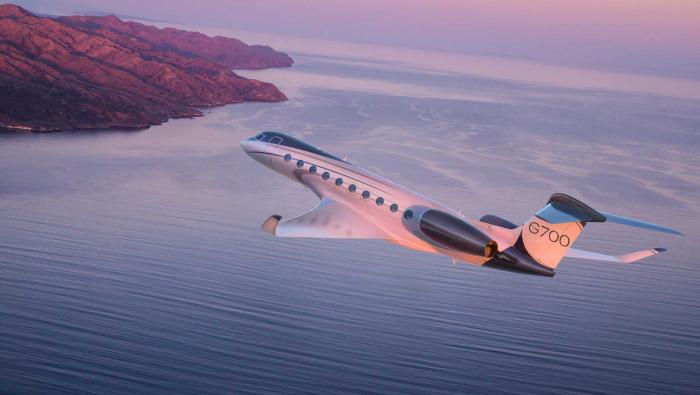Lockheed Martin has brought its T-50 Golden Eagle simulator to Dubai to continue its promotion of the supersonic advanced trainer system in the region and particularly in the UAE. The T-50 was developed in Korea by Korea Aerospace Industries (KAI) working in close partnership with Lockheed Martin and is now in service with the Republic of Korea Air Force (ROKAF) in the form of the T-50 advanced trainer and TA-50 lead-in fighter/weapons trainer versions. The fully combat-capable FA-50 is due to be delivered before the end of the year to begin the replacement of the ROKAF’s Northrop F-5s.
Here in the UAE an advanced trainer requirement remains to be filled. In 2009 the Alenia Aermacchi M-346 Master was announced as the winner, but no final agreement was reached and the contest was reopened. The T-50 remains in the running for that order. Other nations in the region may also look to the T-50 to meet advanced training demands as air arms increasingly move to fourth- and fifth-generation frontline fighters. The TA-50 and FA-50 armed derivatives are also well-placed to answer any light attack/weapons training requirements, which were certainly an element of the UAE’s original specification.
For now the most immediate opportunity for the T-50 is in Poland, where the final responses to a request for proposal was due on Wednesday this week. The T-50 is competing against the BAE Systems Hawk and M-346 in Poland, where the frontline fighter is the F-16. Lockheed Martin is leveraging its local F-16 experience and infrastructure to support its proposal. A decision is due in January or February. Of course, the T-50 is also in the running for the U.S. Air Force’s T-X advanced trainer requirement to replace the Northrop T-38.
The Lockheed Martin/KAI T-50 team sees a bright future for the aircraft, citing its high performance and sophisticated systems as vital attributes as air arms change the way they accomplish training to download costly flight hours from operational aircraft. In very broad terms, a T-50’s running costs are around half that of an F-16.
The flexibility of the T-50’s systems allows it to accomplish many training tasks using synthetic elements, such as virtual radar. The aircraft can be configured so that its systems are kept simple for initial conversion, but can increase in complexity up to the point where they mirror that of the front-line aircraft. This is an attractive attribute as modern fighters increasingly move away from having two-seat trainers for pilot conversion. The ability to train in a supersonic high-g environment, employing systems that mirror operational types, not only makes the conversion to frontline fighters that much smoother, but is also very cost-effective.







